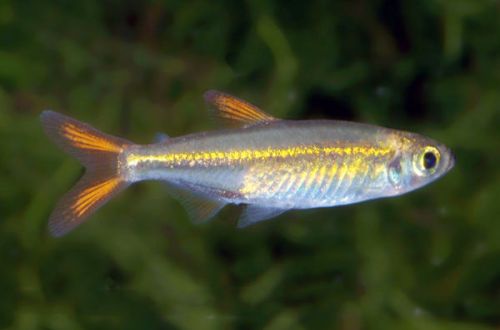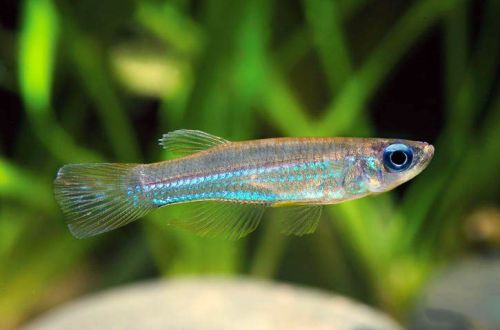
Speckled catfish
The speckled catfish, scientific name Corydoras paleatus, belongs to the Callichthyidae family. The catfish will make a great addition to almost any freshwater aquarium, and thanks to its lifestyle and feeding habits, it will keep the bottom of your tank clean by eating leftovers.

The speckled catfish is one of the most common and well-known aquarium fish, distinguished by endurance and peacefulness, and is easily bred. They appeared in home aquariums over 100 years ago. First introduced in 1876, they are possibly one of the first fish species successfully bred in captivity (reports of successful breeding of this species date back to 1893).
Most of the fish for sale are no longer imported from the wild. For many generations, they have been bred in aquariums, thanks to which they have received excellent adaptation and can be recommended to beginner aquarists.
Contents
Habitat
Corydoras paleatus was first described by Jenyns in 1842. Fish found in South America in the Amazon, in the La Plata River in southeast Brazil.
In its natural environment, the catfish inhabits stagnant or slowly flowing waters, mainly in small tributaries of rivers or along the outskirts of large ones, as well as ponds and swamps. It feeds on worms, crustaceans, insects and plant matter.
Description
Speckled catfish reaches a length of 5-6 cm, has several color options depending on the region of origin, but the main shade is from light brown to bronze with gray or dark spots all over the body. On sale you can find an artificially bred form of albino catfish.
Like other catfish of the Callichthyidae family, the fish has two rows of bony plates, called scutes, along the entire length of the body. Also, the catfish has characteristic pairs of antennae around the mouth and strong, hard spikes on the dorsal and pectoral fins.
During courtship or when the catfish is in danger, he can make sounds that he makes with the spines of his pectoral fins.
Food
The catfish is omnivorous, gladly absorbs all types of industrial dry granular or flake feed, as well as live and frozen food. The main condition is that they must sink, since the catfish leads a benthic lifestyle.
Feed daily 2 times a day in an amount that will be eaten within 3-5 minutes.
Maintenance and care
An aquarium of at least 40 liters with a large number of plants, including floating ones, is recommended, they will provide the necessary shading. The interior design should be close to natural living conditions – the obligatory presence of shelters in the form of snags, artificial grottoes. A substrate (soil) of coarse sand or fine gravel, since catfish constantly dig in the ground, and large particles can damage sensitive whiskers. It is important to clean the gravel regularly to remove waste (excrement).
Water:
Change at least 25% of the tank water weekly.
Replace once a month with a one-time 80% water change.
Social behavior
Peaceful fish, gets along well with other small and peaceful fish. It belongs to the schooling species, so you should keep at least three individuals. It is necessary to avoid sharing with aggressive or predatory fish.
Sexual differences
The female is larger and fuller, while the male’s pectoral fins may be slightly more pointed. However, sex determination is difficult and breeding is best achieved through natural mating.
Breeding / breeding
Spotted catfish are easy to breed and do not require special equipment in the aquarium. During courtship, the male begins to chase herself around the aquarium, when she is ready to spawn, the couple clings to each other. After mating, the female begins to lay eggs throughout the aquarium – on glasses, filters, plants, and so on. Spawning lasts for an hour, during which time from 250 to 400 eggs can be deposited in the aquarium.
The fry appear 4–6 days after spawning. Please note that these fish can eat their fry, so it is better to transfer them to another tank, where they will further develop. The fry are fed with microfood, where food particles are brought to the state of flour. Similar food is purchased at pet stores, or prepared independently, for example, flakes or granules of food, which is usually used to feed adult fish, can be crushed and given in this form to fry.
Diseases
Catfish are susceptible to the same diseases as most freshwater aquarium fish. Fish do not tolerate high nitrate levels, which can lead to antennae infection. The tendrils can also be damaged by aquarium decorations that have sharp or abrasive edges.





